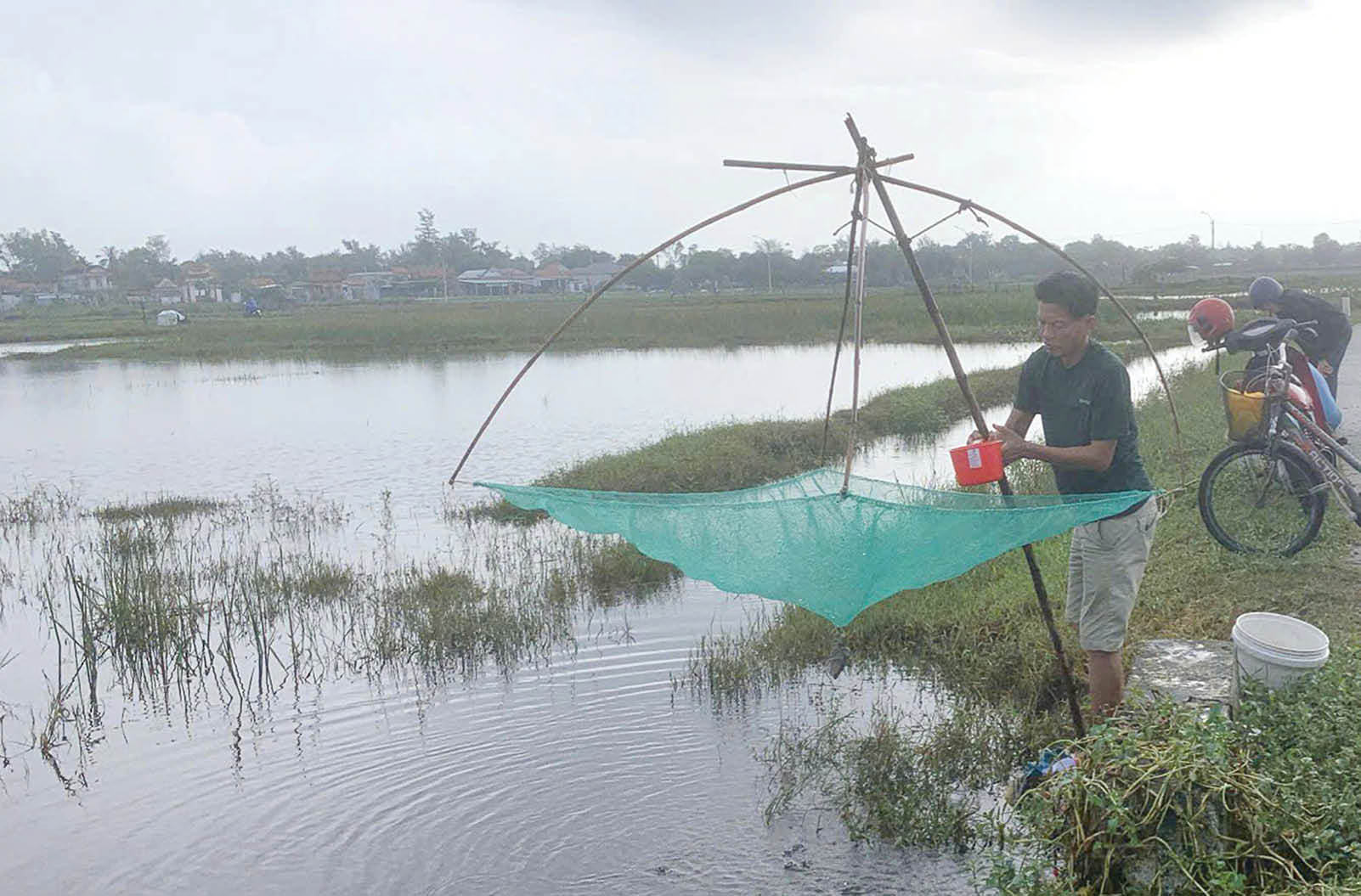 |
| Fishing is fun but safety must be ensured. |
1. Early in the morning, when the mist is still lightly covering the water surface, the calls of people collecting nets echo throughout the fields along the O Lau River. On a small boat, Mr. Nguyen Van Tam - a teacher in Phong Phu ward, carefully tied the anchor rope, preparing for this morning's net collection. He smiled gently: "Catching nets during the flood season is not only a pleasure after days of teaching, but also a way to immerse yourself in nature, to find the taste of the homeland in each fresh catch of fish."
The flood season brings alluvium, fish, and shrimp from rivers and streams to fields and lagoons. Catfish, perch, perch, and catfish swim everywhere with the water. With just a simple net and a few skillful movements, people can catch a basket full of fish. The fresh fish, wriggling vigorously in the net, is a simple joy for the villagers.
Storing a net does not require much effort, nor does it require much investment. All you need is a few thinly shaved bamboo sticks, a small net, and some rope to make a net. A net usually has a square bamboo frame, underneath is a layer of fine, firmly sewn mesh. When storing, people use a bamboo lever or a pole to lift the net out of the water. Fish and shrimp swept by the water flow will fall into the net, lying neatly inside.
Depending on the location of the net - in the middle of the field or along the river bank, the size and the way of tying the anchor are also different. Experienced people often choose a place with a slight whirlpool, or a place with a moderate current, because that is where fish often gather to feed. A net like this only costs a few hundred thousand dong, but is the "golden fishing gear" of many households during the flood season.
2. Amidst the silvery water reflecting the morning sunlight, people stood on the shore, attentively watching each time they pulled up the net. Each time they pulled it up, the whole group cheered with joy when they saw the fish splashing white in the net. Ms. Hoang Thi Bach Vy - a resident of Phong Phu ward excitedly said: "Every year when the water comes back, I take the opportunity to put away the net. There were days when I caught a catch of 4-5 kilos of catfish and mackerel. If I can't eat it all, I'll give it to my relatives or sell it at the market to earn a little money, which is also fun."
Fresh fish that have just been caught are processed by the people immediately, or brought home to cook sour soup, braised with turmeric, braised quickly... The smell of fish mixed with the fragrant smoke from the kitchen, mixed with the pungent smell of alluvium, creating the characteristic flavor of the flood season. For many people, it is not only a rustic meal but also a childhood memory, the happiness of being able to live fully with the flood season in their hometown.
For farmers in low-lying areas, the flood season not only brings joy but also an opportunity to earn a living. When the water rises and the fields are submerged, they temporarily put aside their farming work to switch to fishing and shrimping. Raising traps and spreading nets… become side jobs that help increase their income significantly. Thanks to that, many low-lying households consider raising traps as a “flood season job”. It not only helps them get through their idle farming days, but also preserves their traditional working habits, connecting with nature and the rivers of their homeland.
However, the joy of the flood season also comes with many risks. When the water rises and the current is strong, the person setting up the net must always be vigilant. Teacher Nguyen Van Tam reminded: “During the flood season, the water is deep and flows strongly, just a little carelessness when standing and pulling the net can cause you to fall into the water. The elderly, women or children should be more careful, should not go alone.”
Many localities have advised people to wear life jackets and use safety belts when working on rivers. The authorities also regularly patrol and remind people to limit going to the fields during heavy rain or at night to avoid unfortunate accidents. Fishing is fun, but safety must still be the top priority.
3. Casting nets is not only a way to make a living, but also a cultural feature closely associated with the lives of residents in the river area. In many rural areas, especially along the Tam Giang lagoon or along the Bo and O Lau rivers, every rainy season, people consider casting nets as a "small festival" of the village. The elderly guide the young on how to choose a place to set the net, how to tie the anchor; the sound of laughter and chatter echoes throughout the riverbank.
Fresh catch of fish is not only food, but also a symbol of abundance, solidarity and sharing. Fishing nets also remind us of a lifestyle in harmony with nature, knowing how to take advantage of what the earth and sky have given us. In the era of industrialization, when machines and urban areas gradually overwhelm the countryside, the image of people standing by the water's edge, pulling nets in the vast waves becomes even more familiar.
Nowadays, many young people have begun to find the joy of "catching nets" after stressful working days. Some community tourism groups in the countryside near Tam Giang lagoon have also included the activity of catching nets in their experience tours, helping tourists understand more about the lives of the residents in the lagoon.
Teacher Nguyen Van Tam happily said: “I didn’t expect that the practice of raising nets by the villagers would now become a “tourist experience”. When tourists come here, I guide them to raise the nets, then grill the fish right there. Everyone loves it.”
Source: https://huengaynay.vn/kinh-te/cat-ro-mua-nuoc-noi-159767.html





![[Photo] Prime Minister Pham Minh Chinh attends the annual Vietnam Business Forum](https://vphoto.vietnam.vn/thumb/1200x675/vietnam/resource/IMAGE/2025/11/10/1762780307172_dsc-1710-jpg.webp)

![[Photo] Prime Minister Pham Minh Chinh attends the Patriotic Emulation Congress of the Ministry of Foreign Affairs for the 2025-2030 period](https://vphoto.vietnam.vn/thumb/1200x675/vietnam/resource/IMAGE/2025/11/10/1762762603245_dsc-1428-jpg.webp)
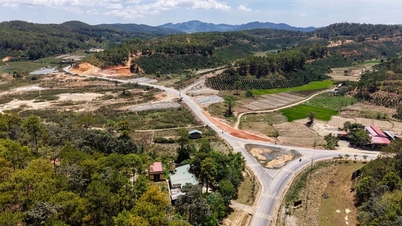







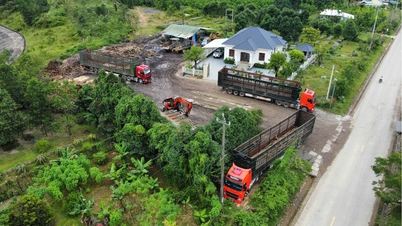



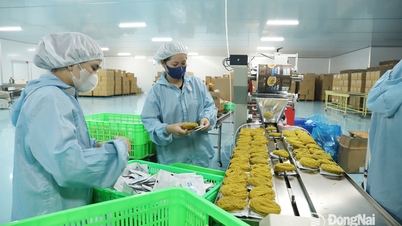




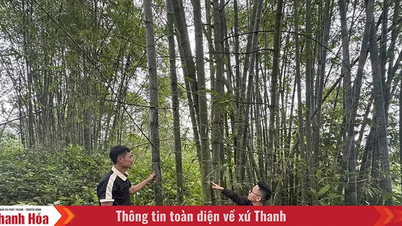
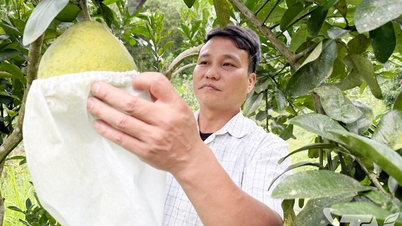









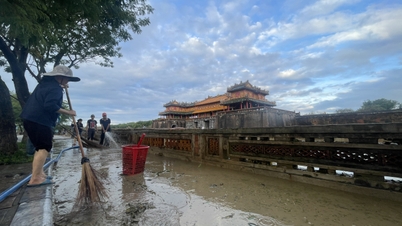













































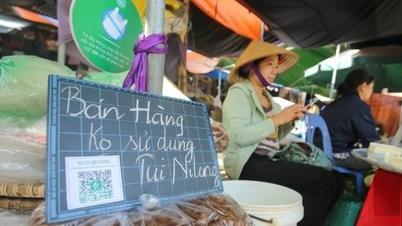




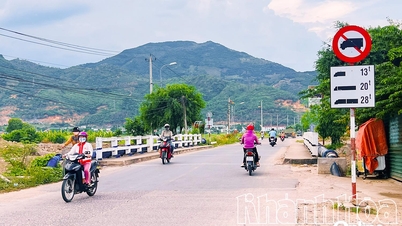






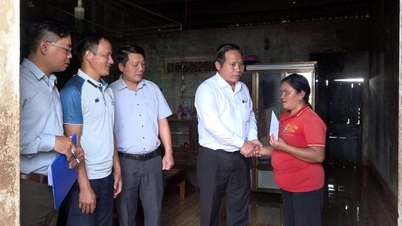


![Dong Nai OCOP transition: [Article 3] Linking tourism with OCOP product consumption](https://vphoto.vietnam.vn/thumb/402x226/vietnam/resource/IMAGE/2025/11/10/1762739199309_1324-2740-7_n-162543_981.jpeg)










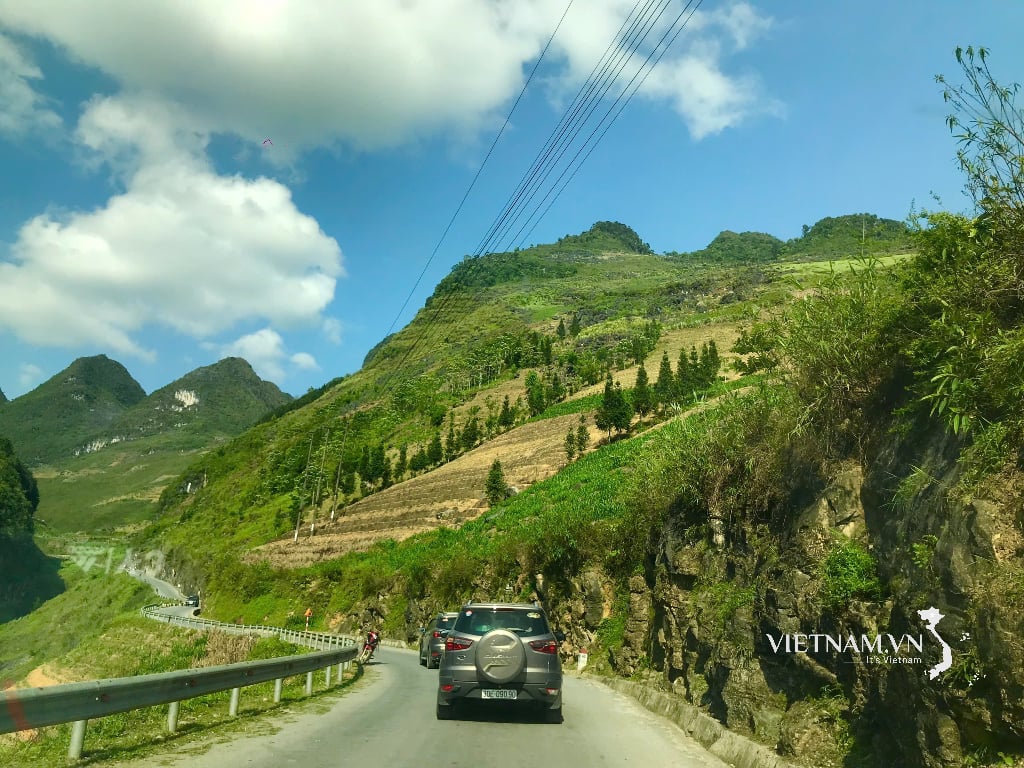
Comment (0)